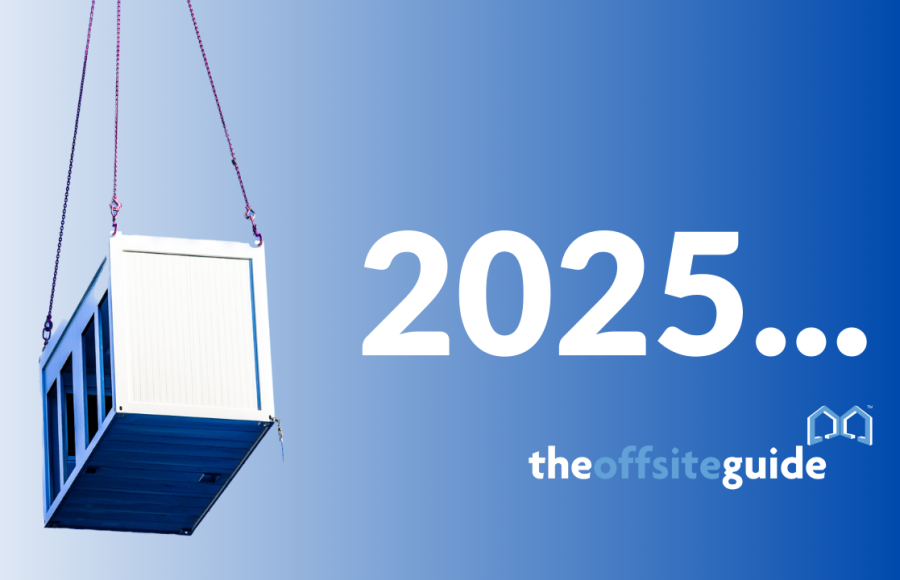The 2025 Future Homes Standard Explained

Homes stand as a linchpin in the grand scheme of the UK's mission to achieve net-zero carbon emissions. With 30% of the nation's energy consumption linked to heating and powering buildings, it's evident that it's imperative to transform and improve how our homes are built and function. By 2025, the Future Homes Standard (FHS) is set to become mandatory, heralding a new era of eco-conscious construction.
What is the 2025 Future Homes Standard?
The primary objective of the FHS is to reshape the carbon footprint of new homes. When built post-2025, these eco-residences are expected to slash carbon emissions by a staggering 75-80% compared to their predecessors constructed under the current Building Regulations.
This groundbreaking standard aims to decarbonise homes by zeroing in on essential facets like heating, hot water systems, and heat waste reduction. The secret to success largely hinges on substituting traditional technologies with low-carbon alternatives. Imagine homes boasting top-notch building fabric, triple-glazed windows, and low-carbon heating systems fuelled by heat pumps – a far cry from their less efficient forerunners. This change and additional regulations aimed at existing homes form a formidable alliance against carbon emissions, aligning the UK with its ambitious net-zero 2050 target.
In preparation for the 2025 FHS, the UK Government recently revamped Parts F and L of the Building Regulations, which came into effect in June 2022. Part F introduces new ventilation standards, while Part L establishes minimum energy efficiency performance thresholds, airtightness requirements, and enhanced insulation mandates.
The Road to the 2025 Future Homes Standard
These revisions to Parts F and L are stepping stones toward realising the 2025 FHS. The strategic purpose behind this interim phase is to equip the construction industry with enhanced supply chains, skills, and practices, ensuring it's ready to meet the FHS criteria when the time comes.
Nevertheless, during the consultation period for the uplift to Part L, concerns arose that the proposed changes may not be ambitious enough regarding emissions reduction. This raises a legitimate question: Will the revised Part L sufficiently prepare the residential sector for the imminent challenges of the FHS?
The Future Homes Standard represents a significant leap forward for the residential market. It acts as a vital piece in the UK's eco-puzzle as it advances toward the net-zero goal. When correctly implemented, it will serve as an invaluable reference point for appraisers, guiding market players in identifying residential assets optimally positioned for the transition to decarbonised real estate.
However, there's a looming concern that the costs tied to FHS implementation could trickle down to elevate property prices. For instance, the adoption of higher-standard building materials may inflate construction costs. Yet, these investments promise substantial dividends for homeowners. Enhanced energy efficiency translates to lower utility bills and a cleaner, more sustainable living environment, ultimately benefiting all residents. The path to a greener future requires a few upfront investments for long-term gains.
The Role of MMC
The FHS provides the policy impetus to mainstream MMC and offsite construction techniques. MMC homes and building components are constructed in quality-controlled factory environments. They are airtight, warmer and more energy-efficient than homes built with traditional methods. They are also much quicker to build, which allows for the rapid construction of new, energy-efficient homes. The advantages of offsite construction in terms of energy efficiency and sustainability are:
Reduced material waste: Offsite construction allows for precise material cutting and efficient use of resources, minimising waste.
Lower energy consumption: Controlled factory conditions in offsite construction lead to decreased energy use during assembly compared to on-site construction.
Fewer transport emissions: Assemblies built offsite require fewer transportation trips to the construction site, reducing emissions.
Enhanced insulation: Factory-built homes often feature better insulation, reducing the need for heating and cooling, thus lowering energy consumption.
Minimal on-site energy needs: With major components assembled offsite, on-site energy requirements are notably reduced.
Sustainable material selection: Offsite construction enables the use of sustainable, eco-friendly materials, reducing the build’s carbon footprint.
Speedy construction: Quicker offsite assembly means shorter construction times and less energy consumed overall.
Improved design efficiency: Precision engineering and design in factory conditions lead to energy-efficient homes.
Reduced on-site labour: With most work completed in a factory, fewer on-site labourers equate to fewer emissions.
Modular design: Modular construction allows for scalability and adaptability, reducing the need for new builds in the future.
Enhanced quality control: Strict quality standards in offsite facilities produce energy-efficient, durable structures.
Conclusion
The Future Homes Standard (FHS) will become mandatory in 2025, requiring new homes to reduce their carbon emissions by 75-80% compared to current requirements. This standard aims to decarbonise homes by focusing on more energy-efficient and sustainable materials, technologies and building processes. Since offsite construction is widely recognised as more sustainable and eco-friendly than traditional construction techniques, it is likely that the FHS will make MMC mainstream as it becomes central to the decarbonisation of homes in the UK.